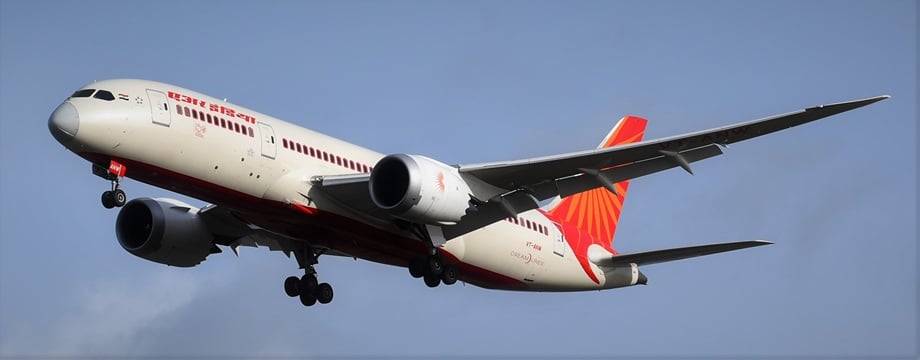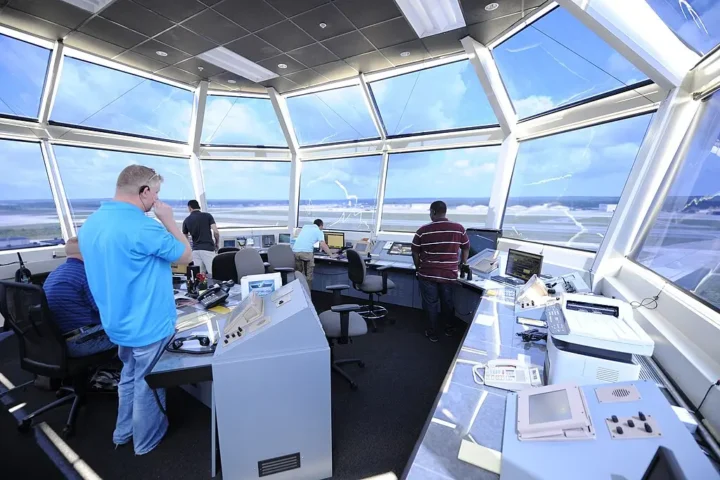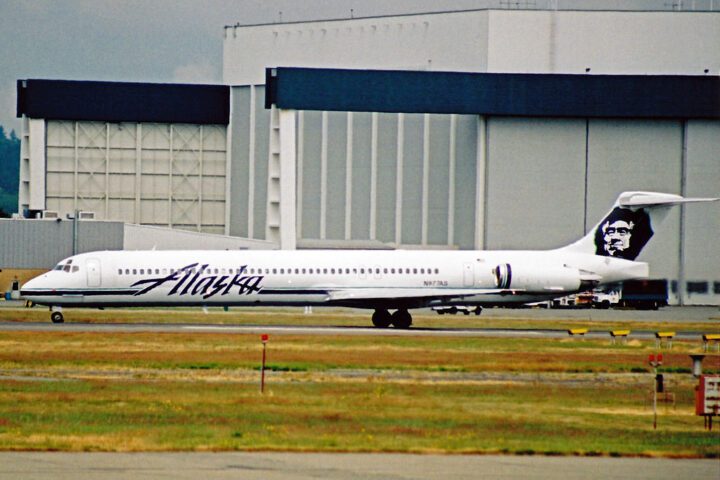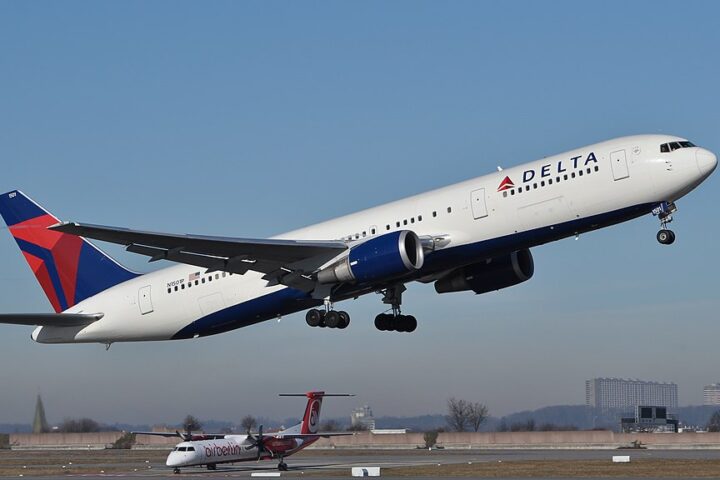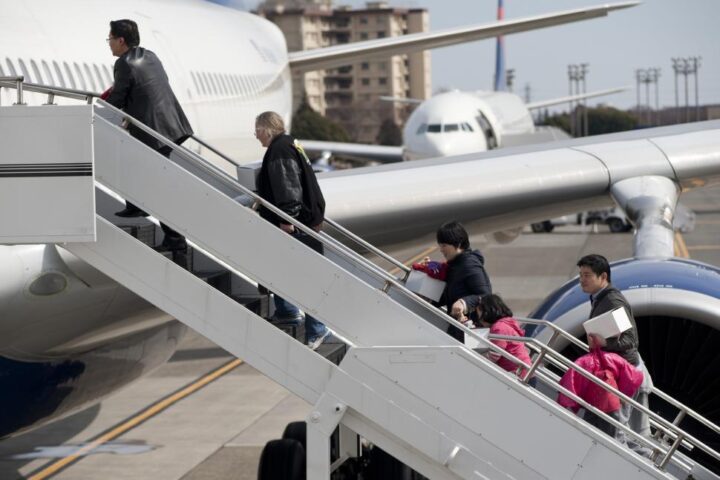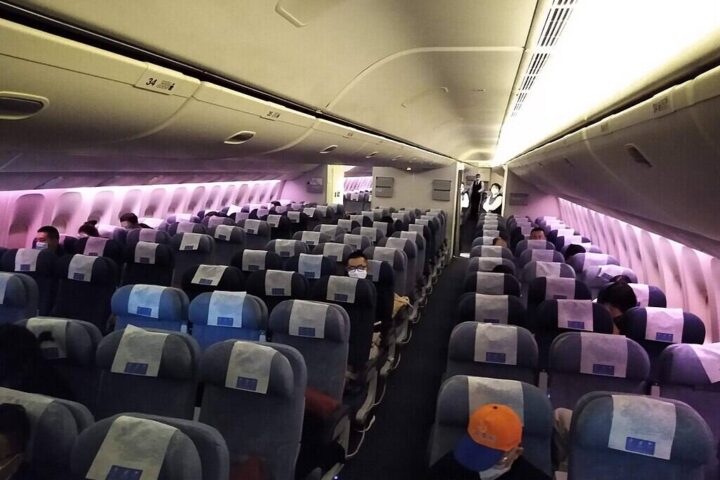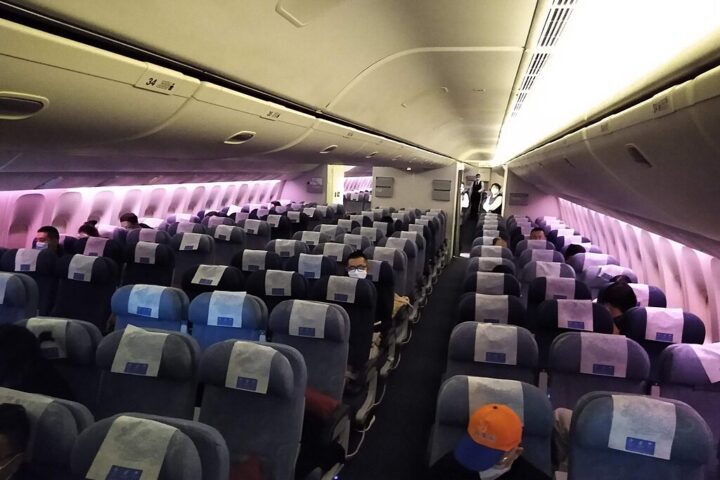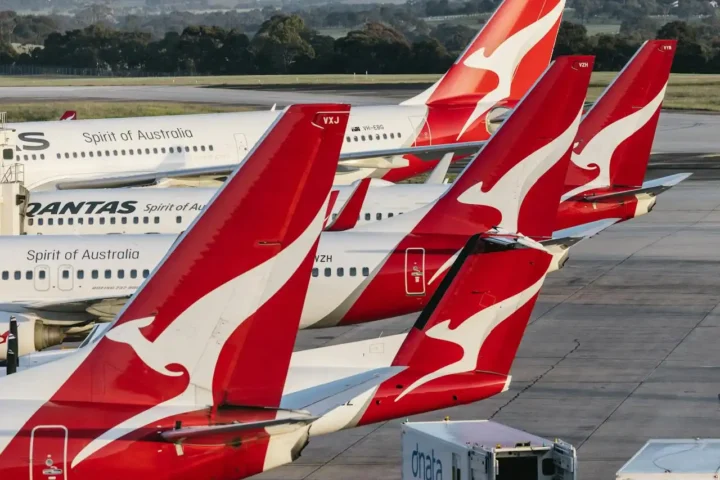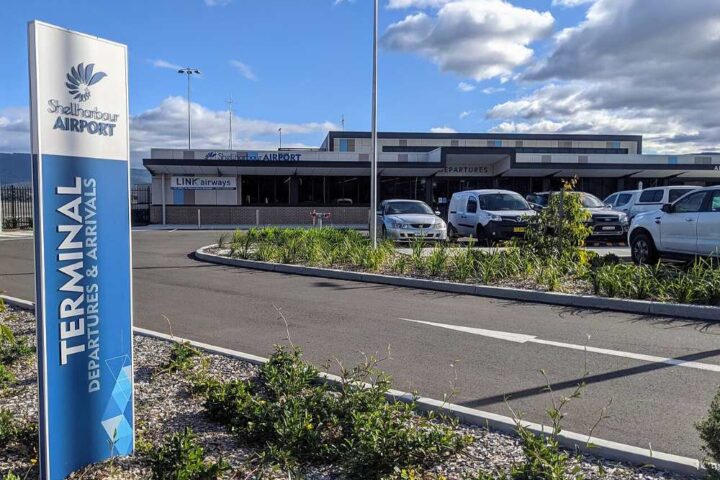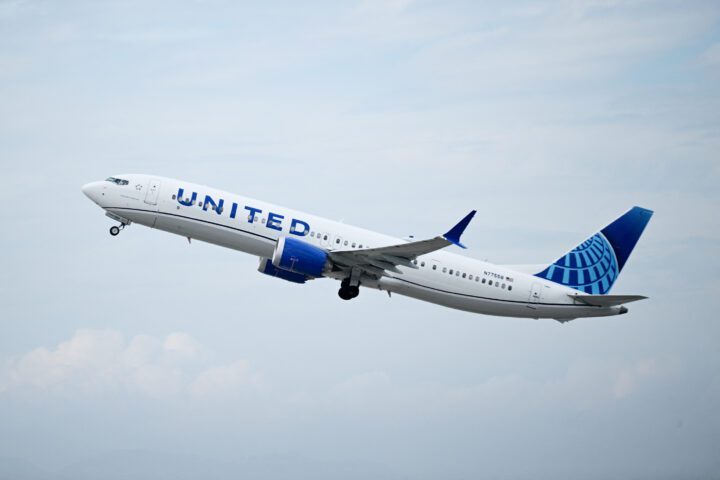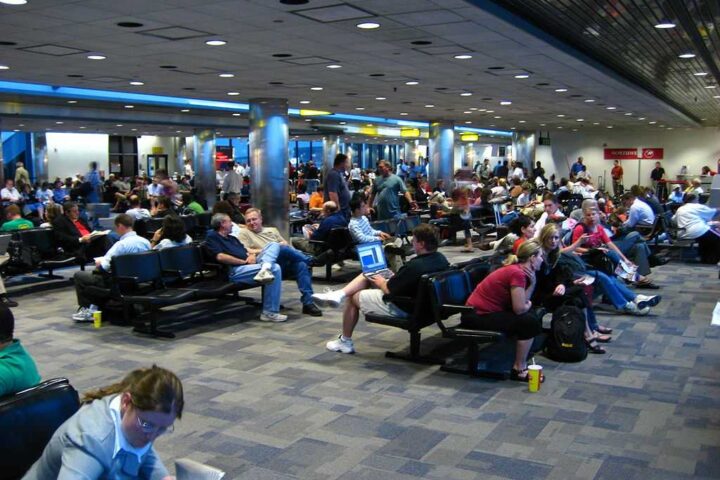The investigation into the June 12 Air India Flight 171 crash is focusing on the movement of the engine fuel control switches, according to multiple sources familiar with the ongoing probe. The Aircraft Accident Investigation Bureau (AAIB) has submitted its preliminary report to India’s Ministry of Civil Aviation, with public release expected around July 11, 2025.
The crash, which occurred shortly after takeoff from Ahmedabad bound for London, killed 241 of the 242 people on board and 19 on the ground, making it one of India’s deadliest aviation disasters. It also marks the first fatal accident involving a Boeing 787 Dreamliner since the aircraft entered commercial service in 2011.
Similar Posts:
After analyzing the flight data recorder and cockpit voice recorder (the “black boxes”), investigators are examining whether actions related to the fuel control switches were improper, inadvertent, or intentional. These switches, which have two positions – “RUN” and “CUTOFF” – are designed with safety features to prevent accidental movement.
“You can’t bump them, and they move,” explained John Cox, a U.S. aviation safety expert. The switches have guard brackets on either side and a metal stop lock mechanism requiring pilots to lift each switch past the stop lock to move it.
Moving a fuel control switch from “RUN” to “CUTOFF” during flight would immediately shut down the engine, causing complete loss of thrust. It would also stop the electrical generators on that engine from powering critical aircraft systems and cockpit displays.
Initial findings show the plane’s emergency power system was active during the crash. The backup ram air turbine (RAT) was deployed to provide limited electrical power to main flight control surfaces. However, this backup system doesn’t power the landing gear, which would remain immobile until engine-driven hydraulic pumps are restored.
Current analysis of black box data and Boeing simulations does not indicate immediate concerns about mechanical failure or design flaws in the Boeing 787 or its GE Aerospace GEnx-1B engines. No urgent advisories have been issued by Boeing or GE to airline operators worldwide, which would typically happen if a widespread mechanical issue were suspected.
The preliminary report’s findings are being closely watched globally as they could potentially reshape Boeing 787 operations worldwide. India’s decision to make this report public differs from its handling of the 2020 Calicut Air India Express accident report, which wasn’t publicly released.
Critics have pointed to inconsistent communication from aviation authorities, creating an information vacuum filled with speculation and AI-generated fake reports. Some of these fabricated documents have circulated widely, even temporarily misleading aviation professionals before being debunked.
The crash has significantly impacted Air India’s reputation as it undergoes modernization under Tata Group ownership. Indian lawmakers have initiated reviews of aviation safety standards, while the International Civil Aviation Organization has granted observer status to a UN aviation investigator, reflecting the global interest in the investigation.
